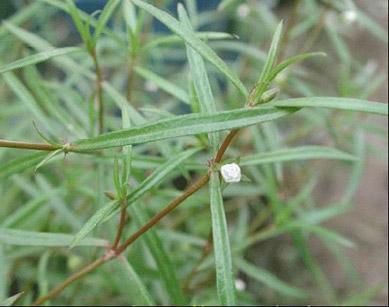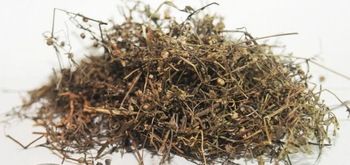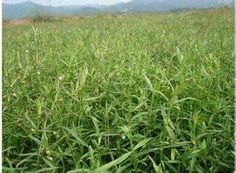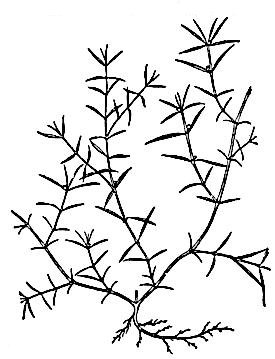[1] Barefoot Doctor's Manual- 1977 Prepared
by the Revolutionary Health Committee of Hunan Province. Original Chinese manual-
Victor W. Sidel. Originally published by Dr Joseph Quin and the Fogarty International
centre, Bethdesda (1974). Madrona Publishers Seattle Washington ISBN 0-914842-52-8
[2] Translation notes from Gary Seiford and Hocu Huhn- NSW College of Natural
Therapies. Sydney Australia (1982).
[3] Gupta S1, Zhang D, Yi J, Shao J.
Anticancer activities of Oldenlandia
diffusa. J Herb Pharmacother. 2004;4(1):21-33.
Pubmed.
[4] Yadav SK1, Lee SC.
Evidence for Oldenlandia diffusa-evoked cancer cell
apoptosis through superoxide burst and caspase activation.Zhong Xi Yi Jie
He Xue Bao. 2006 Sep;4(5):485-9.
Pubmed.
[5] Chinese Herbal Medicine Materia Medica- Dan Bensky and Andrew Gamble- Eastland
Press 1986 Seattle Washington ISBN 0-939616-15-7
Images
1.
alibaba.com
2.
[2]
3.
aliexpress.com
4.
google.com.au Oldenlandia
diffusa. 白
花 蛇
舌 草
Bái huā shé shé cǎo Oldenlandia Family: Rubiaceae
Oldenlandia
diffusa. 白
花 蛇
舌 草
Bái huā shé shé cǎo Oldenlandia Family: Rubiaceae


